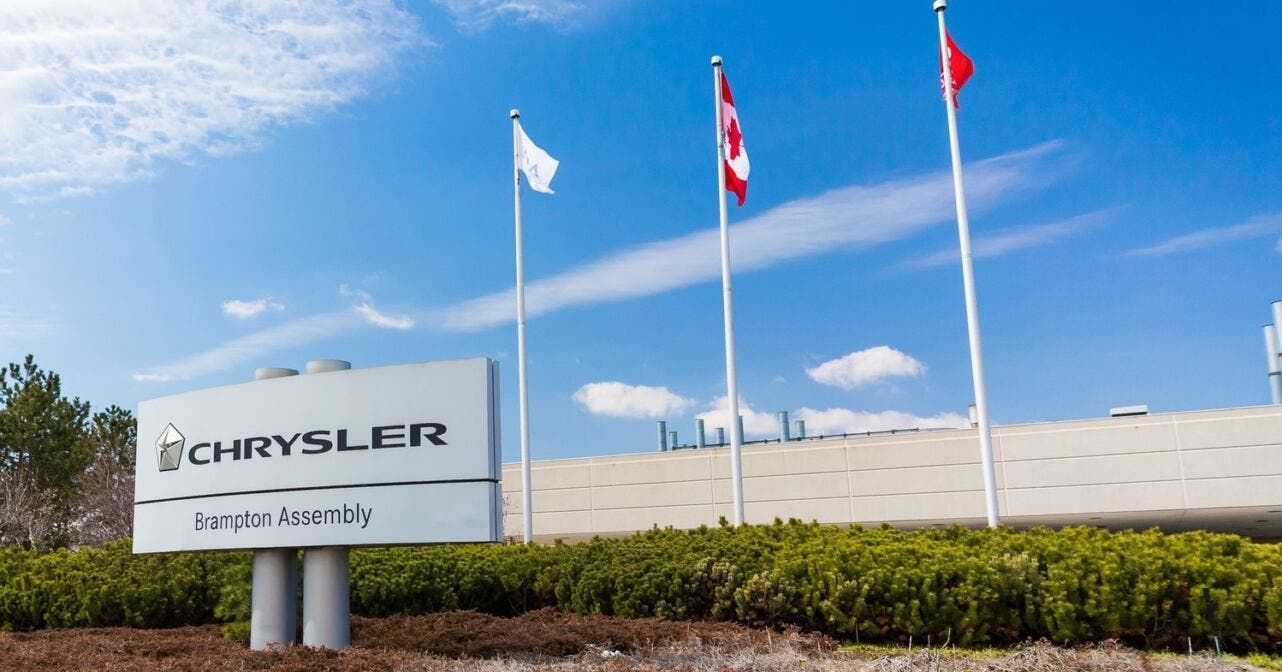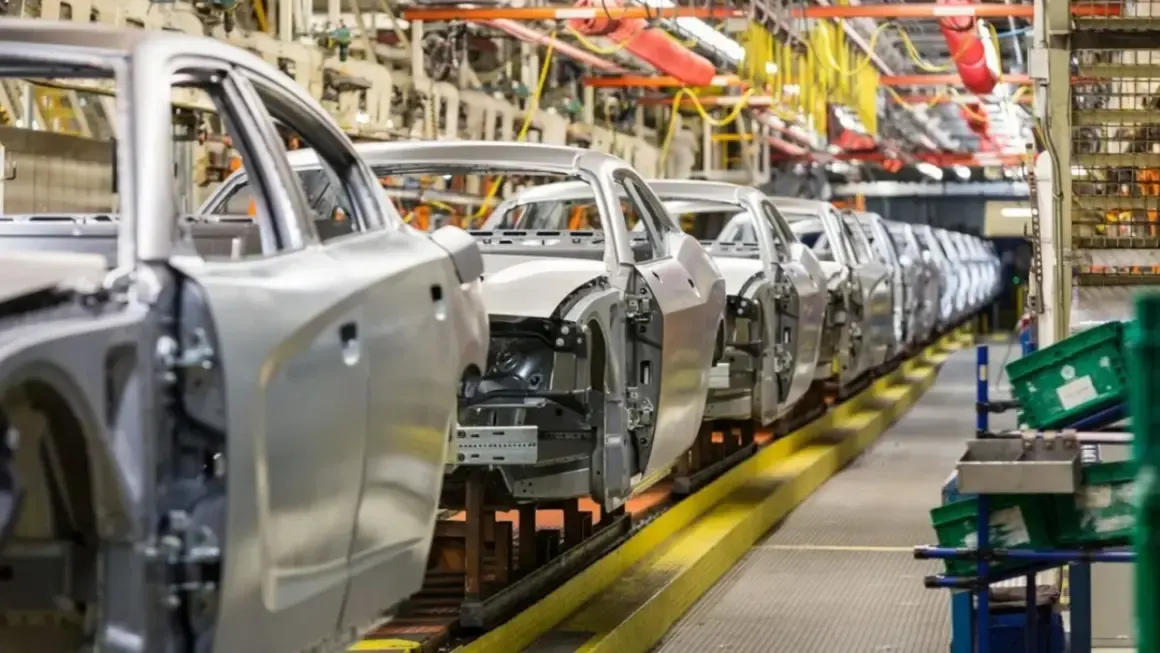Stellantis Canada CEO Jeff Hines recently appeared before Canada’s House of Commons industry committee to deliver the corporate version of “it’s complicated,” regarding the controversial decision to relocate Jeep Compass production from Brampton, Ontario, to Illinois.

Hines insisted that the move was “not taken lightly,” a reassuring sentiment for the approximately 3,000 employees who were laid off following the Brampton plant’s closure earlier in 2024 to prepare for a new production line. Hines was keen to emphasize that the plant is “not closed,” merely in a state of indefinite, worker-less limbo, and the company remains committed to those employees. Naturally, support measures are available, as are the generous transfer opportunities to other facilities.
The Canadian federal government, however, was clearly unimpressed with Stellantis’s commitment, or lack thereof, to Canadian jobs. Last week, Ottawa decided to play hardball, drastically limiting the number of vehicles Stellantis and General Motors can import duty-free. Stellantis took a 50 percent hit to its remission quota, which were the conditions for accessing the duty-exempt quotas in the first place. GM fared slightly better, losing only 24 percent.

Hines pointed the finger vaguely at “market dynamics” over the last nine months as the cause for scuttling the original plan to build the Compass in Brampton. Essentially, the company needs “stability in trade conversations” to, you know, adapt and invest accordingly. It’s the perennial corporate plea: give us predictability, or we’ll take our production elsewhere.
In a move to smooth over the geopolitical friction, Hines highlighted that Stellantis is creating 1,500 new Canadian jobs at its Windsor assembly plant, and assured the laid-off Brampton workers they would get “first choice” at these positions.
The company, he stressed, is not reducing its overall presence. They still want to build vehicles in Brampton with a “long-term sustainable activity,” but only if the regulatory environment allows for it. Hines hinted at “a couple of different possible options” for the Brampton facility once the current situation “stabilizes,” leaving the door ajar for the plant to one day be more than just a very expensive, very large storage box.
